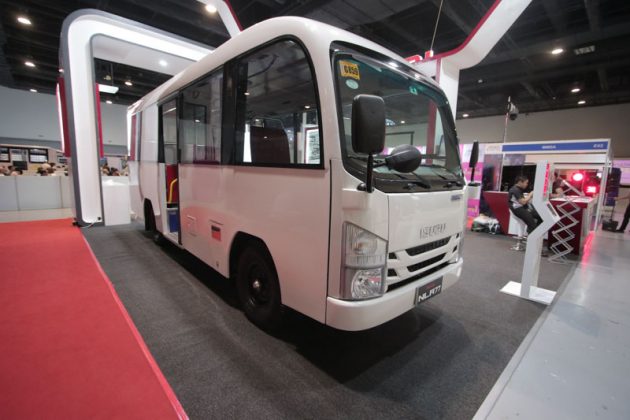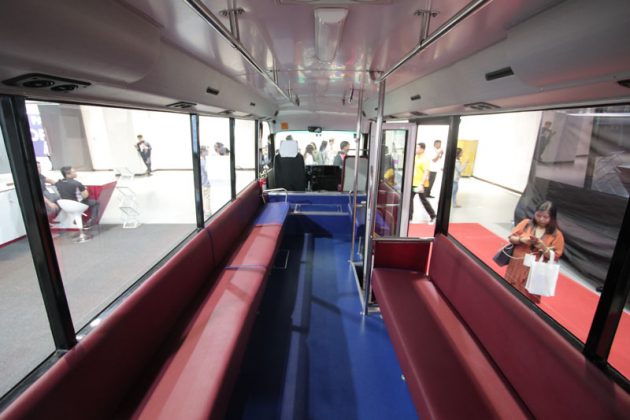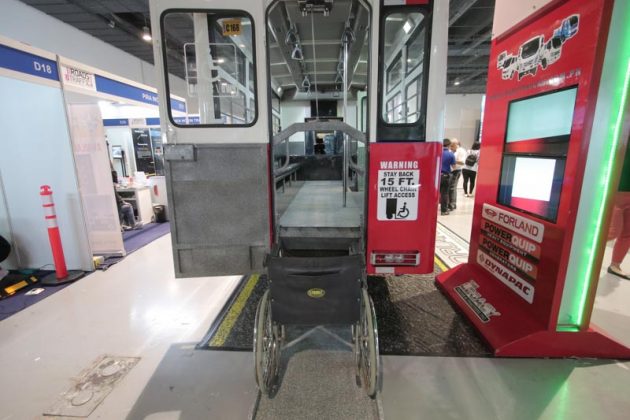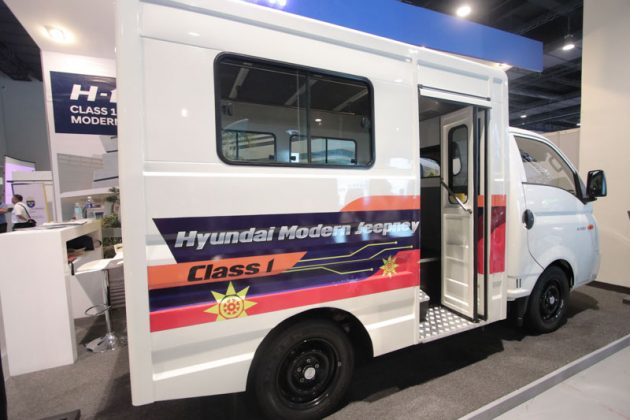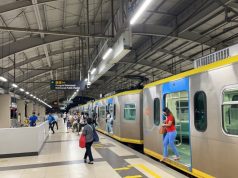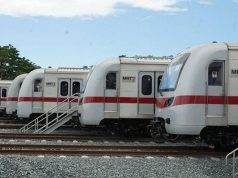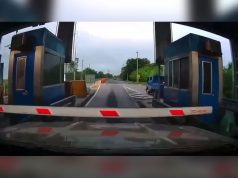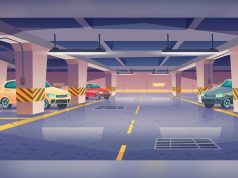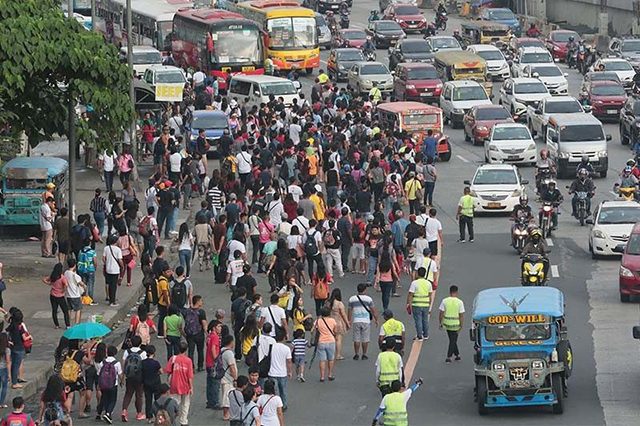
That transport officials are unsuccessful in convincing drivers of jeepneys and other PUVs that the modernization of vehicles will benefit them.
Monday’s transport strike that forced Metro Manila schools and some businesses to suspend operations was an indication.
Celine Pialago, spokesperson of the Metro Manila Development Authority, posted a rant on Facebook against those who criticized her statement calling the transport strike “unsuccessful.”
In an interview with CNN Philippines, Pialogo said that the government will never allow the PUV operators and drivers to be successful, calling the demonstrations their way to “hostage” commuters.
Dear bashers, just before I sleep. Please read. ☺️What's wrong with not letting your transport strike being…
Posted by MMDA Spokesperson Celine Pialago on Monday, September 30, 2019
“Ang gusto niyong mangyari pilayin ang commuting system at maperwisyo ang mga commuters at taong-bayan. Gusto niyong gawin iyan para marinig kayo at makita ang kahalagaan ng grupo niyo sa transport system ng Metro Manila. Pero sa totoo lang, nanghohostage kayo ng kaginhawaan ng mga commuters,” she said on Facebook.
The protesters were used to the government adjusting for them, Pialago said, even if the government’s intentions were for the public’s welfare.
At least three million jeepney riders were reportedly affected by the nationwide event, which was participated by major transport groups across the country.
Several local government units made class suspensions and deployed free rides to assist affected commuters.
What government officials are saying
Pialogo questioned drivers’ opposition to the PUV modernization program seeking to replace the dated model of jeepneys with more efficient and convenient versions that accommodate more passengers. The new jeepneys will also be integrated with a larger public transport system.
“Ang intensyon nito alisin ang mga kakarag karag na unit ng jeepney, gawing komportable ang sakayan ng lahat ng Pilipino, maging safe para sa lahat, environment friendly at hindi yung nagbubuga ng maitim na usok. Itong programang ito pa ba ang masama ngayon? And you have the nerve to complain!” she said.
Pialago then reiterated the MMDA’s stance that the modernization program would push through in 2020 nevertheless.
“Hindi namin kayo bibigyan ng ganung satisfaction, hindi namin ibibigay sa inyo ang satisfaction na makapagperwisyo sa taong bayan. Wala akong babawiin sa mga sinabi ko at tuloy-tuloy ang serbisyo namin sa taong-bayan,” she said.
Secretary Arthur Tugade of the Department of Transportation also concurred that the protests will not deter the modernization process.
Tugade also warned them that they’d be stepping on the rights of others if they insisted on opposing the process.
“Modernization should be implemented now,” he said.
Drivers are not against modernization, they’re concerned about what it costs.
The top concern of jeepney drivers, however, has been about subsidy and how they can finance their transition from their old jeepneys to the customized minivans. This was not addressed in many government officials’ statements.
Renato Reyes Jr., chief of left-leaning group Bagong Alyansang Makabayan, stressed that the low subsidy the drivers and operators will receive to pay for an expensive modern vehicle is seen as a burden.
We support modernization of our transport system but this has to take into account the livelihood of affected drivers and small operators. A new Class 1 unit costs P1.6M. Gov't equity will be 5% while interest per annum is 6% for 7 years. Paano mababayaran ito?
— Renato Reyes, Jr. (@natoreyes) September 29, 2019
“A new Class 1 unit costs P1.6 million. Gov’t equity will be 5% while interest per annum is 6% for 7 years. Paano mababayaran ito? Halos P20,000 ang kailangan kada buwan o mahigit P800 kada araw. Sa taas ng presyo ng gasolina, mamumulibi at mababaon sa utang amg mga tsuper bago makabayad ng amortization,” Reyes explained.
Some Filipinos also raised the same concerns online when they used the hashtags #NotoJeepneyphaseout and #Transportstrike on Twitter.
The groups that went to the demonstrations actually sought to improve the system as well, Reyes said. However, they would risk their livelihood over its high costs.
“Sa huli, ilagay natin sa unahan ang interest ng tao, hindi ng kita o interes ng negosyo. Suportahan po natin ang mga tsuper. Matagal nilang pinasan ang duty ng pagbibigay transportasyon noong walang programa ang gobyerno para dito. Suklian natin sila ng pakikiisa,” he said.
A point for dialogue: Financing schemes
Representatives of four manufacturers of modern jeepney models, meanwhile, told Interaksyon at the Roads & Traffic Expo in Pasay City on October 2 that while the vehicles will cost the drivers more than P1 million, it is not only the government’s measly subsidy that will aid them in acquiring it.
There are schemes made available by some manufacturers like Forland that will allow drivers and operators to consistently pay for the vehicles in five years without realizing it. A small amount from their earnings will go to the manufacturer on a daily basis through automated payment on the Beep card system.
Jeepney drivers, moreover, can trade in their old vehicles to lessen the cost of the downpayment—estimated at around P200,000—to acquire the modern version.
Other manufacturers such as Isuzu Philippines, Legacy Trucks and Tractors and GLC Truck and Equipment Corp. can coordinate with microfinancing organizations and cooperatives that are willing to aid jeepney drivers to shoulder the costs for a small interest.
— with Camille Diola; photos by Efigenio Toledo IV

